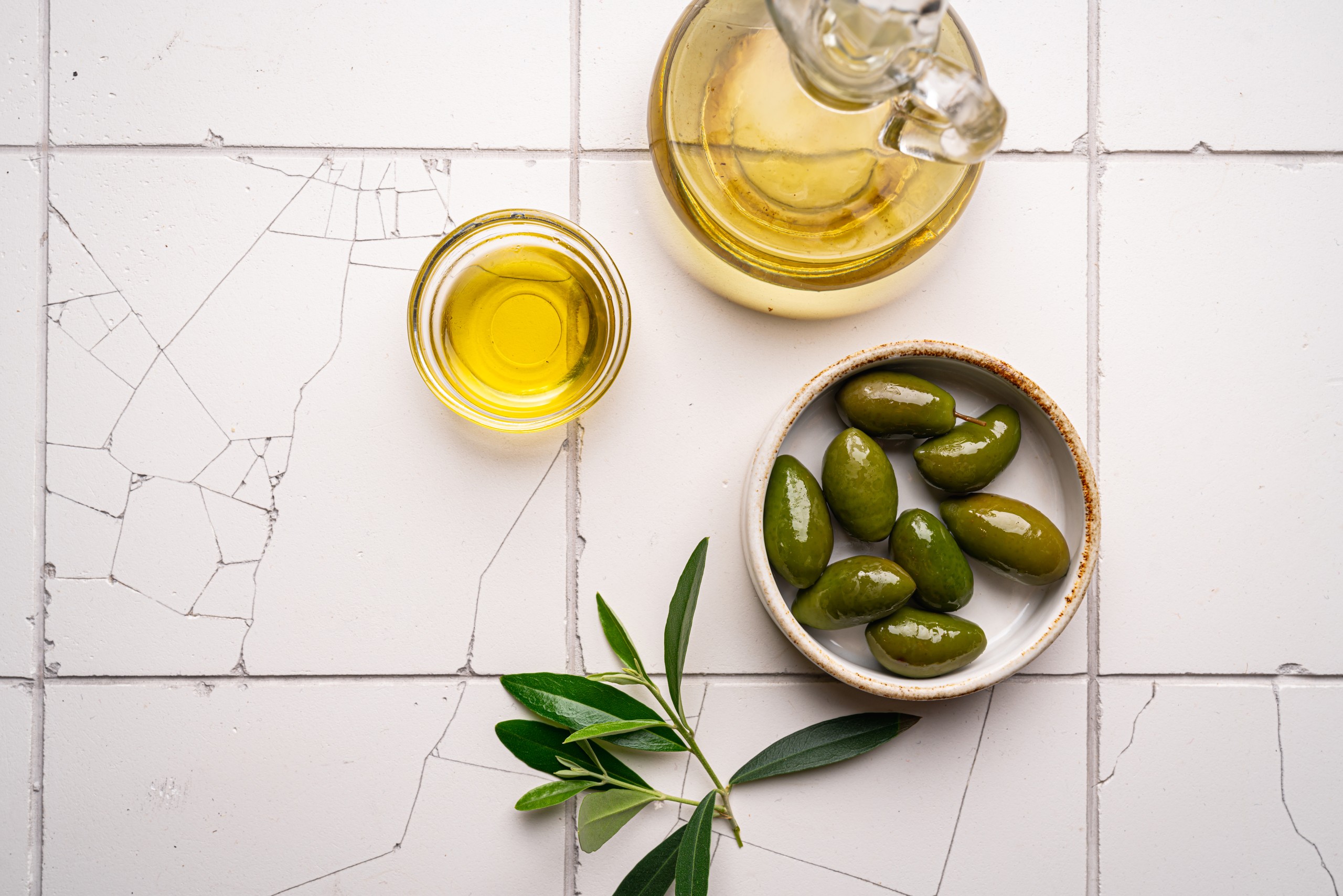Olive oil is one of the most distinctive and essential elements of any kitchen.
Yet with countless brands, production methods, and quality standards on the market, choosing the right one can be a challenge. Understanding the true nature of olive oil, discovering its tasting notes, and recognizing its quality isn’t just for professionals—it’s a skill every conscious consumer can develop. So how do you choose the best olive oil?
What aromas should you look for when you open a bottle, and which flavor profiles should you focus on? Here are the key insights to selecting high-quality olive oil using professional tasting techniques.
The First Step in Choosing Olive Oil: The Art of Reading Labels
Before buying a bottle of olive oil, take a closer look at the label—it tells the story of what’s inside. A high-quality olive oil reveals its origins right there on the bottle.
- Extra Virgin: The purest, highest quality olive oil. Look for an acidity level below 0.8%.
- Cold Pressed / Cold Extracted: Indicates the oil was produced below 27°C to preserve nutrients and flavor.
- Harvest Date & Origin: Freshness is key. Focus on the harvest date, not just the bottling date. Check where the olives were grown.
- Filtered vs. Unfiltered: Filtered oils are clear and last longer. Unfiltered oils are richer, more natural—but should be used sooner.
- Single Origin vs. Blend: Single origin oils highlight the unique taste of one olive variety. Blends offer a smooth, balanced flavor from different types.
Reading the label is the first step in understanding an olive oil’s story and the philosophy behind its production. But to truly experience the difference, you’ll need to engage your senses.
Tasting Olive Oil: Techniques Used by Professionals
Olive oil tasting is a delicate process that requires a refined approach.
Tasting notes not only reveal the quality of the oil, but also help you understand which dishes it complements best. Here are the key steps professionals follow during a tasting:
1. Don’t Judge by Color
Color is not an indicator of quality when it comes to olive oil. That’s why professionals use dark blue or opaque tasting glasses—to avoid being influenced by appearance. If you’re tasting at home, ignore the color and focus on the aroma instead.
2. Smell: Discover the Soul of the Olive
When you open the bottle and pour the oil into a glass, the first aromas that reach your nose are key. Gently warming the oil (by holding the glass in your palm) helps release its full bouquet.
Positive Aromas to Look For:
• Fruitiness – Notes of freshly cut grass, green apple, tomato leaf, or almond
• Herbaceous – Fresh basil, arugula, green olive, or lemon blossom
• Nutty & Spicy – Subtle hints of almond, walnut, or black pepper signal complexity and richness
Negative Aromas That Indicate Poor Quality or Spoilage:
• Rancid – Smells like old oil, mold, or cardboard
• Metallic – Often caused by prolonged storage in metal containers
• Vinegary – Sour or fermented notes due to improper processing
3. Taste: Discover the Balance on Your Tongue
Tasting olive oil isn’t just about taking a quick sip—it’s a full sensory experience. Professionals pay attention to how the oil moves in the mouth and which sensations it leaves behind.
• Sweetness – A soft, smooth entry often signals a well-balanced, high-quality oil.
• Bitterness – Detected at the back of the tongue, bitterness indicates early harvest olives rich in polyphenols.
• Pungency – A slight peppery burn in the throat is a sign of freshness and powerful antioxidants.
Pro tasters swirl the oil in their mouth, then inhale gently to release the aromas through the back of the nose (a technique called retronasal perception). If it leaves a pleasant burn in your throat, you’ve just tasted a bold, polyphenol-rich olive oil.
Choosing the Right Olive Oil for the Right Dish
Once you’ve learned how to recognize tasting notes, it’s just as important to know where and how to use each type of olive oil in your kitchen.
For Salads & Cold Starters: Early-harvest oils with light fruity and fresh herbal notes are ideal.
For Dipping & Breakfast: Go for balanced oils with medium bitterness and nutty undertones, they elevate the flavor without overpowering.
For Pasta & Olive Oil–Based Dishes: Medium-intensity oils with tomato and herb notes beautifully complement the natural taste of the dish.
For Cooking at High Temperatures: Choose light, refined olive oils better suited for frying or sautéing due to their higher smoke point.
How to Choose the Best Olive Oil?
- Start by reading the label. Look for information about the harvest year, production location, and extraction method.
- Conduct a tasting. Evaluate the fruity aromas, bitterness, and pungency.
- Choose based on the intended use. Select light, medium, or strong flavored oils that suit your culinary needs.
Olive oil is not just a kitchen ingredient; it is also a sensory journey of discovery. When chosen correctly, it adds character to your dishes and makes your meals more enjoyable.




